Professional musicians are already familiar with the difference between an audio interface and a sound card, but lately the lines have been blurred as more and more computer-related devices take on an external form factor and attach via USB, Firewire, Thunderbolt and even PCIe. So how do we distinguish what is an audio interface vs a sound card?
The biggest difference and the feature that defines an audio interface is all of them are designed to bring audio into the computer while typical sound cards are designed to send audio out of the computer to speakers or headphones. The key word in that previous sentence is designed.
Most sound cards today have some capacity to import audio into a PC and likewise most audio interfaces have the ability to convert digital audio for playback, but often the input side of sound cards is an afterthought and it almost never has the features we find on even the most rudimentary audio interfaces.
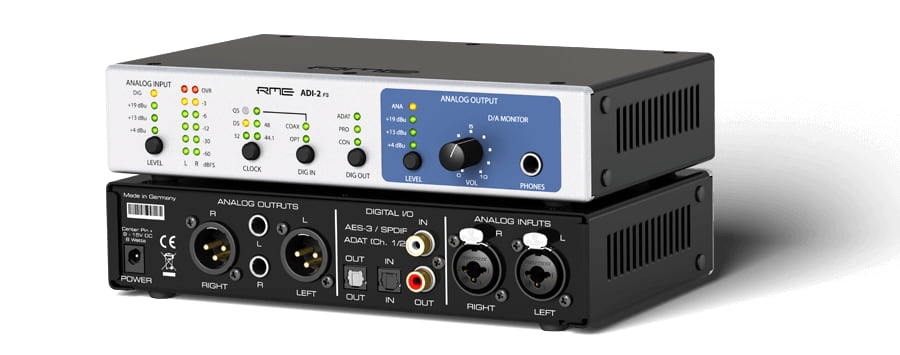
One of the universal features that you will always find on an audio interface and almost never find on sound cards is 48V phantom power. Most commonly, microphones use an XLR connection to the mixer or downstream equipment and rely on that downstream component to provide power to the microphone.
This allowed makers to build condenser microphones and not have to worry about batteries dying or being overly bulky. As a side note, the power can be carried over the same wires as signal since power is DC and signal is AC and the two are separated when they reach the interface or mixer.
Early USB microphones generally offered very poor performance so most serious performers needed a way to use their professional microphone with the computer; the audio interface provides that by offering at least one input with 48v phantom power available for use with microphones.
These mic inputs also usually have adjustable gain as condenser microphones, dynamic microphones, and ribbon microphones differ quite dramatically in output level so not all of them need the same level of gain.

As a side note, most ribbon microphones do not require, and should avoid phantom power. Be certain of the specs before connecting a ribbon mic to an audio interface. Supplying 48V to a microphone that does not require it can damage the microphone or interface.
Conversely, most instruments do have very similar output levels with guitars, keyboards, and bass guitars all having roughly the same output level. Audio interfaces account for this by offering line-in connections in addition to the mic-in connections.
Line-in connections are often .25″ TRS style or hybrid XLR/TRS style; professional audio interfaces often allow as many as 64 microphones and instruments simultaneously, but the most basic models typically sport at least two inputs, one for mic and another for line in which helps differentiate them from most sound cards.
Sound quality is another difference and this may surprise some as it seems like it would be universally important, but here again sound cards place emphasis on which direction the sound is traveling. Audio interfaces place a lot of emphasis on the analog to digital conversion as music and video production demands high quality inputs.
Conversely, audio input via a sound card has been minimal and chat focused so analog to digital circuits have been pretty rudimentary. Most small audio interfaces support either 16-bit/48kHz or 24-bit/96kHz analog to digital conversion. As price tags go up, so do capabilities with high-end models supporting 32-bit/384kHz and higher.

The other key to a good audio interface is latency. If you’ve used a computer sound system for chat functions in games you may have noticed that your voice seems to echo back to you as your hear your own head-voice first then moments later you hear the voice in the headphone.
This used to be a hurdle almost all new radio on-air personalities faced as there was a distinct delay between speaking and the feedback that reached the ear and until you have experienced it, you don’t realize how much we rely on that feedback during speaking.
Today, the better interfaces are capable of echoing the vocals and music back to the performer in real-time (or more correctly with micro-second delays) so the issues we used to see are greatly reduced or eliminated.
Here again, most small interfaces handle one or two voices or instruments fairly well, but as the number of voices grows, so does the need for more advanced processors with higher price tags.
Some inexpensive models pass everything along to the PC and rely heavily on the PC’s processor to do any needed work. More expensive models introduce the ability to do EQ, DSP, and other advanced functions on board the interface thus freeing up the PC to perform other tasks.
So that’s it in a nutshell, an audio interface is the best way to get audio into your computer. Do you need one? If you record podcasts, videos, gaming sessions, or have a home studio the answer is yes. Which one do you need? Consider the number of inputs for mics and instruments, phantom power requirements, processing power and latency, sound quality, and budget in making that decision.
Related Reading: WTF is a DAC?



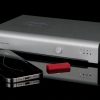

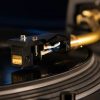










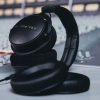
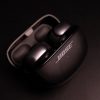








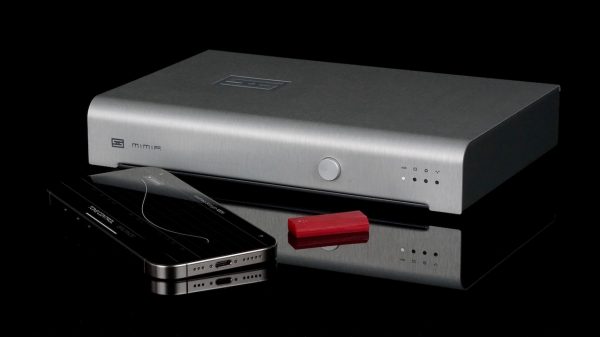



















Joseph Alan Fears
December 27, 2022 at 8:40 am
I started out back in 1995 using my windows 95 pc with a sound laster soundcard ( full Duplex) and a 15 channel Mac mixer . And I recorded my first song using the Voyetra Midi / audio software it had 64 virtual channels in it. I thought the sound was great .to me now almost 30 plus years later ? I use a M- AUDIO Interface and Windows 11 pro and Acoustica Mixcraft 9 pro music Software and I honestly cannot tell the difference. With the exception of the plugins offered today ? To me it’s just another way to host a digital music recording format. Midi…etc. the plugins and AUDIO Interfaces mean very little without a very good pc soundcard. With respect to the musicians writing and creating new songs? I believe that there is only one true answer to the question here ? And I leave that up to you….it’s all good in the eyes and ears of the beholder..